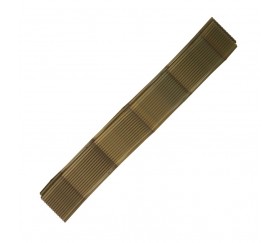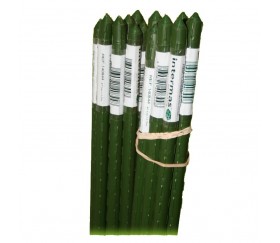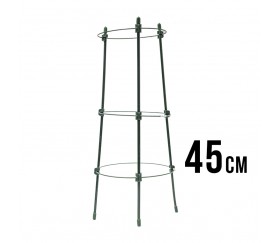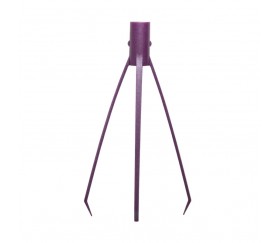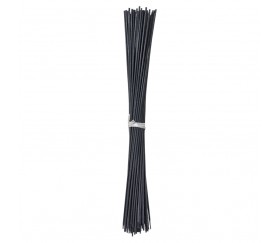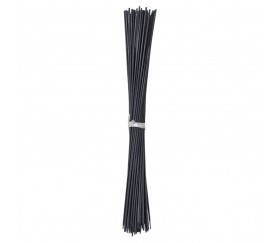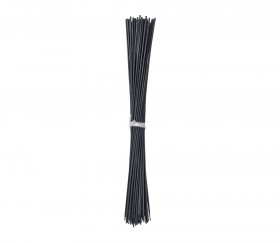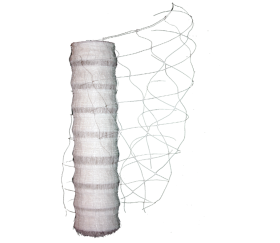Holding plants up is a technique that’s employed to increase flower size, and it’s migrated to become quite a common technique for growing cannabis both indoors and outdoors.
Keep ready to find out how to improve your yield by using plant training techniques and SoG trellis nets with your cannabis plants.
Benefits of Training Cannabis Plants
You can use cannabis plant training techniques both indoors and outdoors; it’s just as effective in both types of grows and with all types of substrates. By holding up your plants’ stems and branched you’re improving yield; when your plants’ branches are held up using aids, they can spend a lot more of their energy on growing flowers.
How to Increase Yield Indoors
The structural conditions of indoor grow rooms or grow tents, alongside the capacity to modify the climate entirely, have made many different training techniques possible indoors:
Yo-Yo Trainer
A great way to train your cannabis plants indoors is to use a yo-yo trainer. Stakes used outdoors can’t be attached to hanging lights and can also create unwanted shade on your plants, reducing light efficiency.
Yo-Yo’s are usually hung from the ceiling of grow tents or grow rooms, you can retract them, meaning that you can hold up your plants’ branches while they grow. This is the recommended technique if you’re growing different strains or if you’re growing the same strain which presents different phenotypes.
SoG
The Sea of Green Growing technique involves growing many small clones of the same strain. The SoG technique uses more plants than seed grows, because they grow less.
You should attach a SoG trellis net to the edges of your grow room or grow tent, 1m wide with 15 x 17 cm square grids. This technique involves using the square holes to guide the stems of the plants, holding them up and acting as a guide.
SCRoG
The Screen of Green technique uses a similar method to the SoG, with a mesh through which you have to guide your plants’s branches until they occupy the entire net. The net should be about 30 – 40 cm from the ground.
- If you grow sativa strains or hybrids that stretch out once your plants begin the pre-flowering or stretching phase, we recommend filling about 60% of the net before flipping to flower.
- If you’re growing indicas or hybrids that stay short, wait until they’ve taken up about 80% of the net before flipping them to flower.
This growing technique allows you to plant less plants than a normal grow, using larger flowerpots. For example, in a 1m2 growing area you can place 3 plants in 18L flowerpots. Plus, you can give them a longer growth period as you’ll have to cover at least 60% of the net. You can combine this technique with Yo-Yos in order to keep the buds up and increase plant performance.
How to Increase Yield Outdoors
When it comes to Outdoor Grows, we recommend using stakes. There are two types, both of which are equally as efficient:
- Plastic-covered steel stakes: longer-lasting and easy to clean.
- Bamboo stakes: organic in origin, cheaper and a great eco-friendly option.
If you’re looking to increase yield by using stakes outdoors, you’ll need to do so after transplanting one last time before the flowering period. This guarantees that the plant has enough energy to focus on flowering.
You can set your stakes up in two ways:
Simple
In this case, you should use one stake per plant. The plant should be held up by the stake along various points of the main stem. You can use natural string or gardening twine to tie it together. The tutor should be parallel to the stem, at about 5 – 8 cm from the main stem.
Ring
This technique provides higher yields outdoors. It’s ideal for using with flowerpots larger than 30L. This method consists of placing 4 stakes along the edge of the flowerpot and wrapping them in a SoG net. This allows you to hold up the main stem and branches, increasing yield even more. In order to hold the net in place you can use duct tape.
If you have any questions regarding how to use these stakes or SoG nets, get in touch with La Huerta Grow Shop’s team of professionals.
Subcategories


